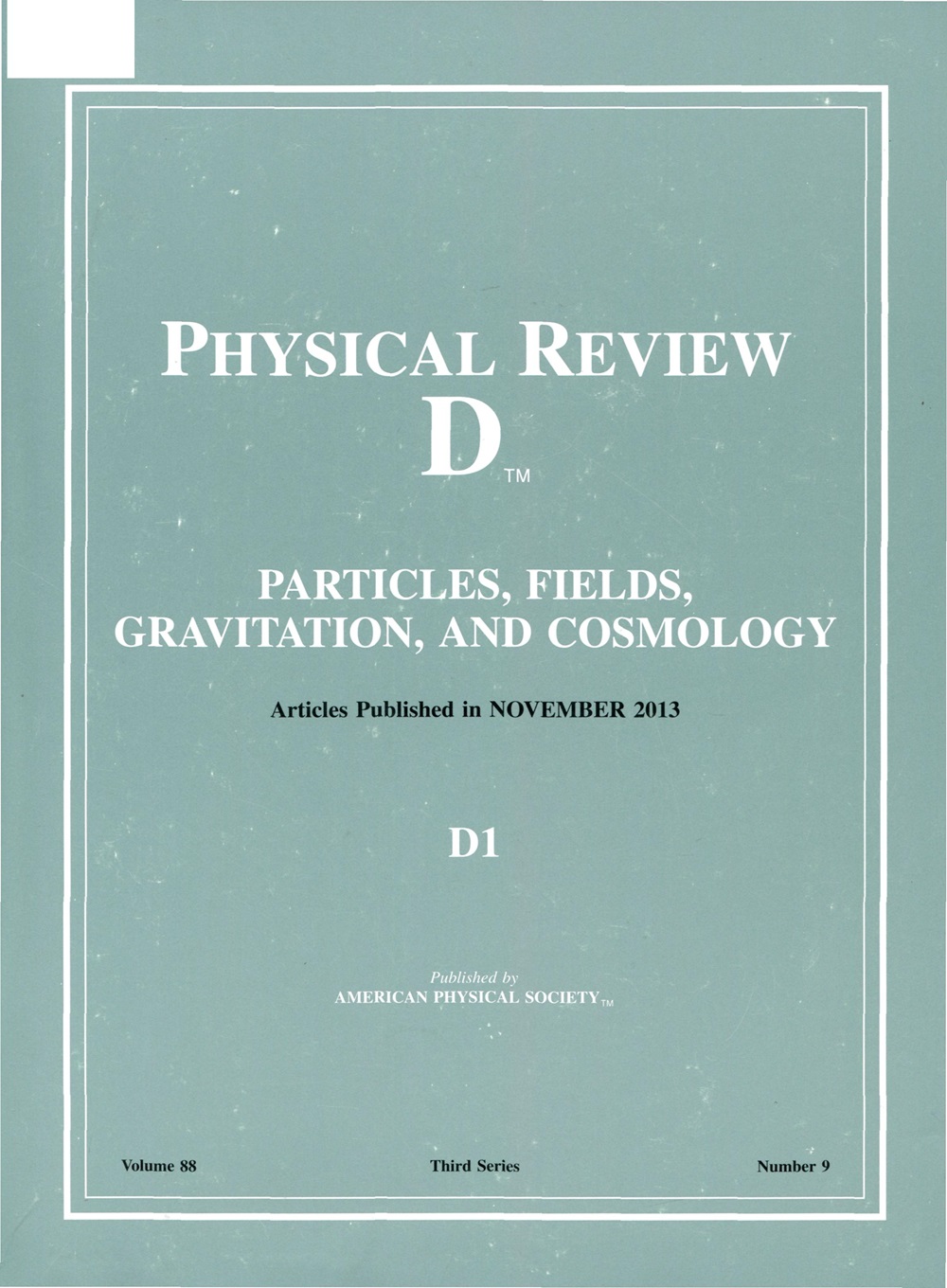Enhancing charge ratio sensitivity to hadronization effects via jet selections on resolved SoftDrop splitting
IF 5
2区 物理与天体物理
Q1 Physics and Astronomy
引用次数: 0
Abstract
The study of quantum chromodynamics (QCD) at ultrarelativistic energies can be performed in a controlled environment through lepton-hadron deep inelastic scatterings. In such collisions, the high-energy partonic emissions that follow from the ejected hard partons are accurately described by perturbative QCD. However, the lower energy scales at which quarks and gluons experience color confinement, i.e., hadronization mechanism, fall outside the validity regions for perturbative calculations, requiring phenomenological models tuned to data to describe it. As such, hadronization physics cannot be currently derived from first principles alone. Monte Carlo event generators are useful tools to describe these processes as they simulate both the perturbative and the nonperturbative interactions, with model-dependent energy scales that control parton dynamics. This work employs jets—experimental reconstructions of final-state particles likely to have a common partonic origin—to inspect this transition further. Although originally proposed to circumvent hadronization effects, we show that jets can be utilized as probes of nonperturbative phenomena via their substructure. The charge correlation ratio was recently shown to be sensitive to hadronization effects. Our work further improves this sensitivity to nonperturbative scales by introducing a new selection based on the relative placement of the within the clustering tree, defined as the unclustering that resolves the jet’s leading charged particles.求助全文
约1分钟内获得全文
求助全文
来源期刊

Physical Review D
物理-天文与天体物理
CiteScore
9.20
自引率
36.00%
发文量
0
审稿时长
2 months
期刊介绍:
Physical Review D (PRD) is a leading journal in elementary particle physics, field theory, gravitation, and cosmology and is one of the top-cited journals in high-energy physics.
PRD covers experimental and theoretical results in all aspects of particle physics, field theory, gravitation and cosmology, including:
Particle physics experiments,
Electroweak interactions,
Strong interactions,
Lattice field theories, lattice QCD,
Beyond the standard model physics,
Phenomenological aspects of field theory, general methods,
Gravity, cosmology, cosmic rays,
Astrophysics and astroparticle physics,
General relativity,
Formal aspects of field theory, field theory in curved space,
String theory, quantum gravity, gauge/gravity duality.
 求助内容:
求助内容: 应助结果提醒方式:
应助结果提醒方式:


